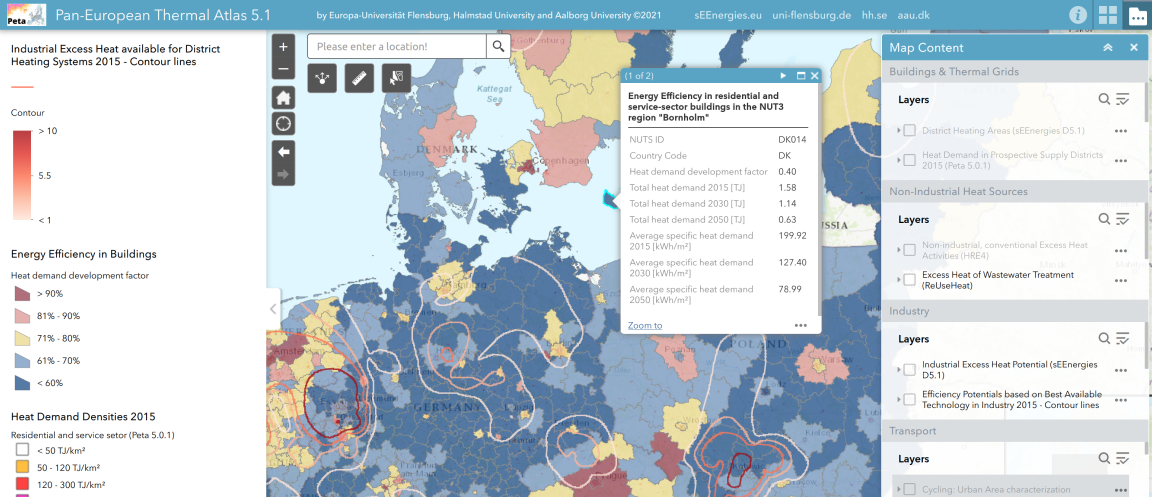 https://www.synyo.com/wp-content/uploads/SYNYO-NEWS-featured-image-NEW01007705EN.png
400
459
leo
https://www.synyo.com/wp-content/uploads/2017/09/synyo-logo.png
leo2025-01-01 10:47:112025-02-10 10:48:51BOND: Outcomes in Advancing Education, Tolerance and Heritage Preservation to combat Antisemitism
https://www.synyo.com/wp-content/uploads/SYNYO-NEWS-featured-image-NEW01007705EN.png
400
459
leo
https://www.synyo.com/wp-content/uploads/2017/09/synyo-logo.png
leo2025-01-01 10:47:112025-02-10 10:48:51BOND: Outcomes in Advancing Education, Tolerance and Heritage Preservation to combat AntisemitismsEEnergies

sEEnergies: Pan-European Thermal Atlas (Peta) released
The mapping team of the research- and innovation project sEEnergies from Flensburg, Halmstad and Aalborg Universities improved and extended The Pan-European Thermal Atlas (Peta) to the 27 EU member states and the United Kingdom. By including energy efficiency potentials of different sectors in an easily accessible mapping platform, Peta 5.1 aims to provide required information to researchers and policymakers at an unprecedented scope, scale, and resolution.
Peta version 5.1 of the Pan-European Thermal Atlas (Peta) was developed by the sEEnergies mapping team of Flensburg, Halmstad and Aalborg Universities.
Peta was originally developed within the Heat Roadmap Europe project series to map the heat sector and the potential for district heating in European countries. The sEEnergies mapping team improved Peta and extended it to incorporate the 27 EU member states and the United Kingdom. Seeing benefits in mapping disaggregated energy efficiency potentials of different sectors, Peta is being developed into a cross-sectoral mapping platform. The first version of Peta 5.1, which has layers from the current year, is online now. It is supplemented by the sEEnergies OpenDataHub for data documentation and download.
The interactive atlas shows the current heat demand distribution and the investment costs in new heating grid infrastructure. Moreover, it comprises a summary of energy efficiency potentials in buildings under assumptions of population and socio-economic development by the NUTS3 region. For 1,608 energy-intensive industrial sites, energy efficiency potentials have been quantified as on-site energy savings based on the currently best available technologies (BAT). Off-site excess heat recovery in district heating systems may supply residential and service sector buildings in current district heating areas within a maximum of 10 km distance. The results have been turned into geographical representations in form of the Pan-European energy-saving surface and excess heat recovery surface, both with contour lines.
Additional layers display heat sources like geothermal heat, non-industrial conventional excess heat activities and excess heat of wastewater treatment. The transportation sector is represented by e-road scenario layers and the characterisation of Urban Areas for cycling potentials.
The map is useful for researchers studying the energy efficiency potentials in the EU, policymakers and others and can be applied to map future scenarios and visualise situations in different-sized urban areas across Europe.
Links
https://www.seenergies.eu/peta5/
https://s-eenergies-open-data-euf.hub.arcgis.com/
Keywords
Energy efficiency, heating, energy mapping





